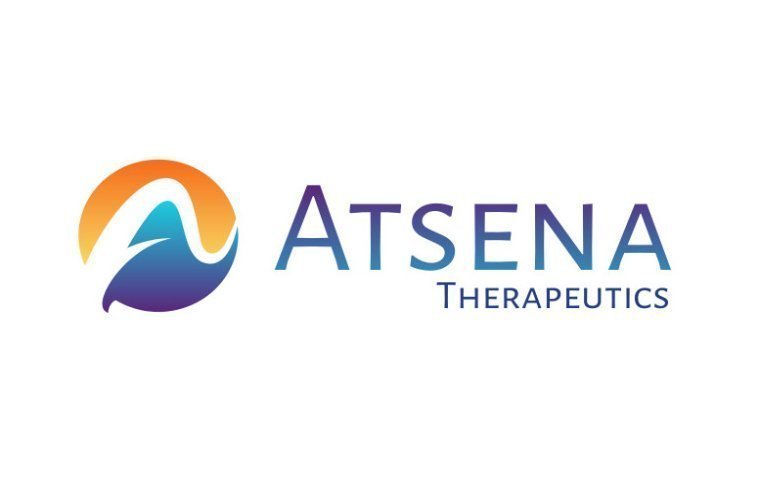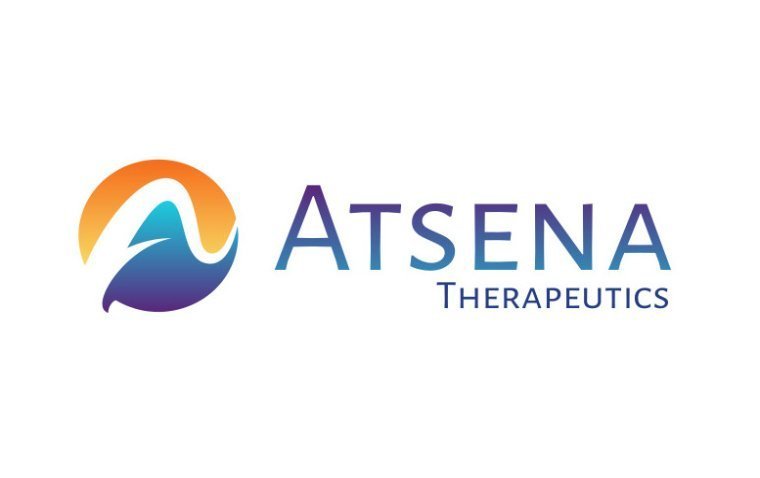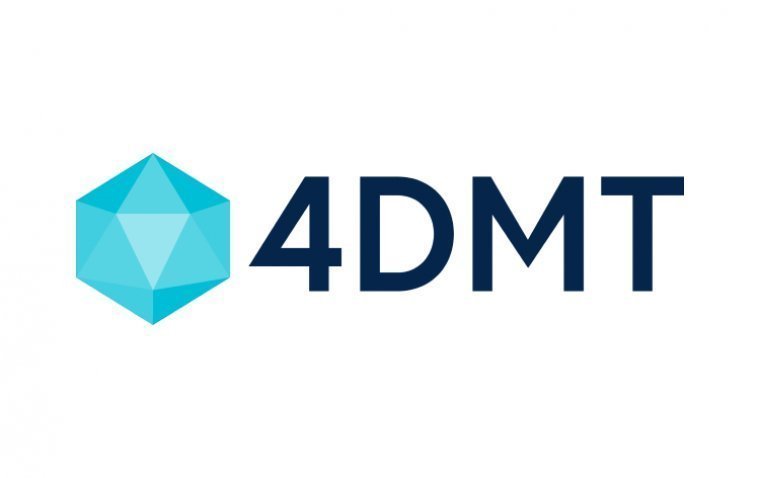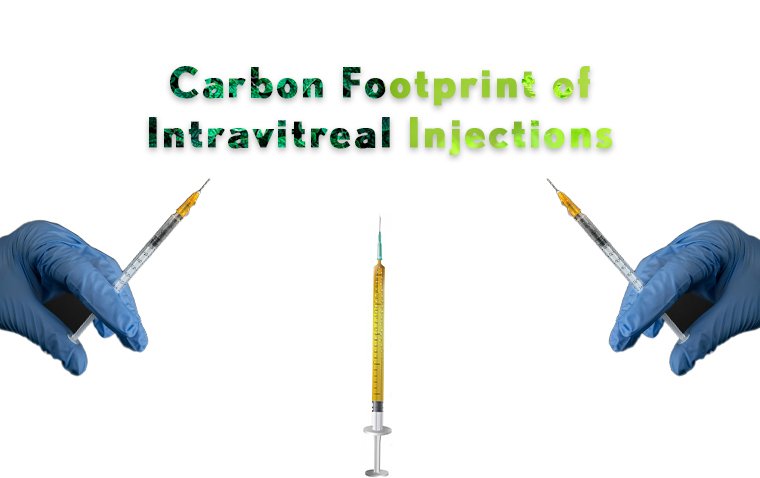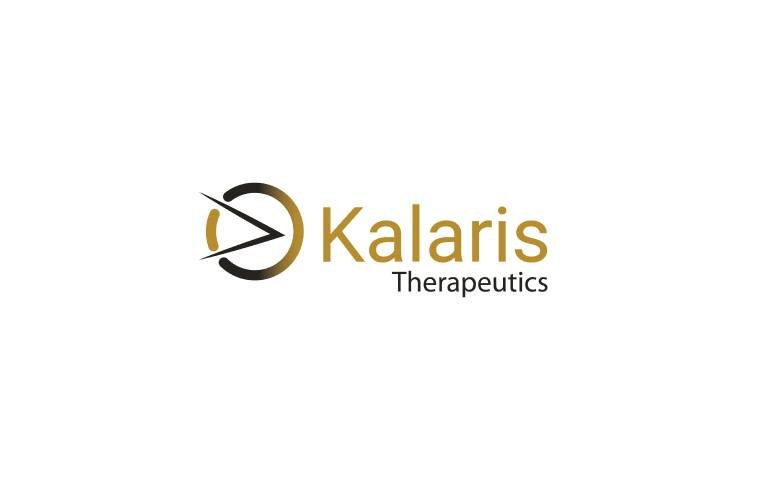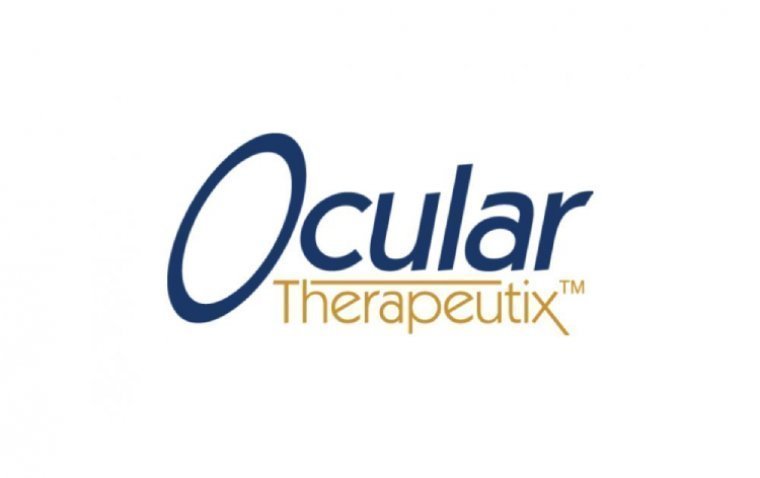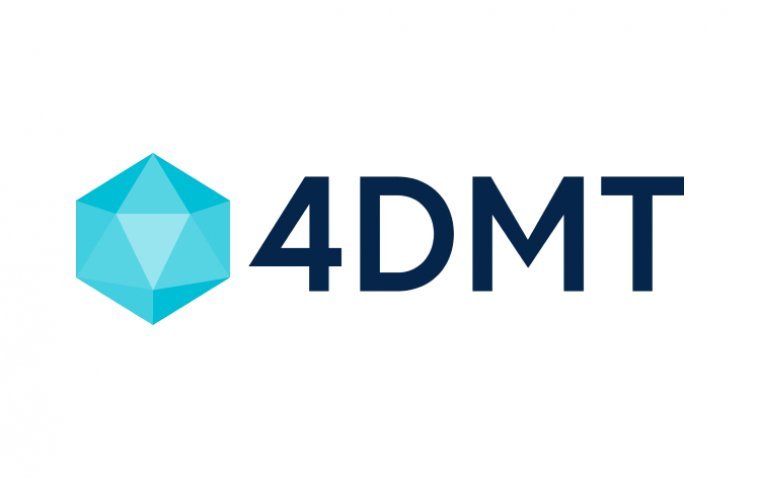
4DMT Receives FDA Clearance of IND Application for 4D-175 for GA Treatment
4D Molecular Therapeutics (4DMT) announced the FDA clearance of its investigational new drug application (IND) for 4D-175, an R100 vector-based intravitreal genetic medicine intended for treating geographic atrophy (GA) in patients.
Phase 1 GAZE Clinical Trial Details
The phase 1 GAZE clinical trial will focus on evaluating 4D-175 in patients with GA secondary to age-related macular degeneration (AMD). The trial design features an open-label, sequential cohort Dose Exploration stage, where participants will receive a single intravitreal injection of 4D-175 at one of three dose levels.
Objectives of the clinical trial include assessing safety, tolerability, defining phase 2 trial dose levels, evaluating transgene expression, and determining biological activity. With IND clearance secured, 4DMT is preparing to commence enrollment at clinical study sites in the second half of 2024.
Vision for Improved Treatment Options
David Kirn, MD, Co-founder and Chief Executive Officer of 4DMT, highlighted the potential impact of 4D-175 in addressing the challenges of current treatments for GA. "GA is a leading cause of irreversible vision loss globally," stated Dr. Kirn. "Current treatments require frequent intravitreal injections and lack demonstrable functional vision benefits. 4D-175 has the potential to offer durable clinical benefits with a single injection, significantly reducing treatment burden and potentially leading to better long-term vision outcomes."
Scientific Foundation and Innovation
4D-175 is based on sCFH, an engineered and optimized version of CFH (complement factor H), designed to fit into adeno-associated virus (AAV) vectors with robust expression and functionality confirmed in human cells in vitro and multiple preclinical animal models. Dr. Wenchao Song, Professor of Pharmacology at the University of Pennsylvania's Perelman School of Medicine, co-invented the construct.
According to 4DMT, delivering therapeutic sCFH could restore normal complement regulation and reduce retinal injury associated with progressive GA. Preclinical proof-of-concept studies using sCFH delivered via AAV vectors have shown promising results in models of complement dysregulation, including atypical hemolytic uremic syndrome (aHUS) and C3 glomerulopathy.
Advancing Research and Presentation
Preclinical data on 4D-175, including in vitro and in vivo characterization studies, were presented at the 2024 ARVO Annual Scientific Meeting in May. Interested parties can access the presentation on the 4DMT website.
About Geographic Atrophy
Geographic atrophy (GA) secondary to age-related macular degeneration (AMD) is a progressive and irreversible condition affecting the retina. AMD is a common eye disease among older adults, characterized by damage to the macula, the central part of the retina responsible for sharp, central vision.
GA specifically refers to the advanced form of AMD where there is a gradual breakdown of cells in the macula, leading to loss of central vision. This condition typically manifests as well-defined areas of depigmentation and atrophy in the retina, often resulting in significant visual impairment. Patients with GA may experience difficulty with activities requiring detailed vision, such as reading and recognizing faces, significantly impacting their quality of life.
(1).jpg)



